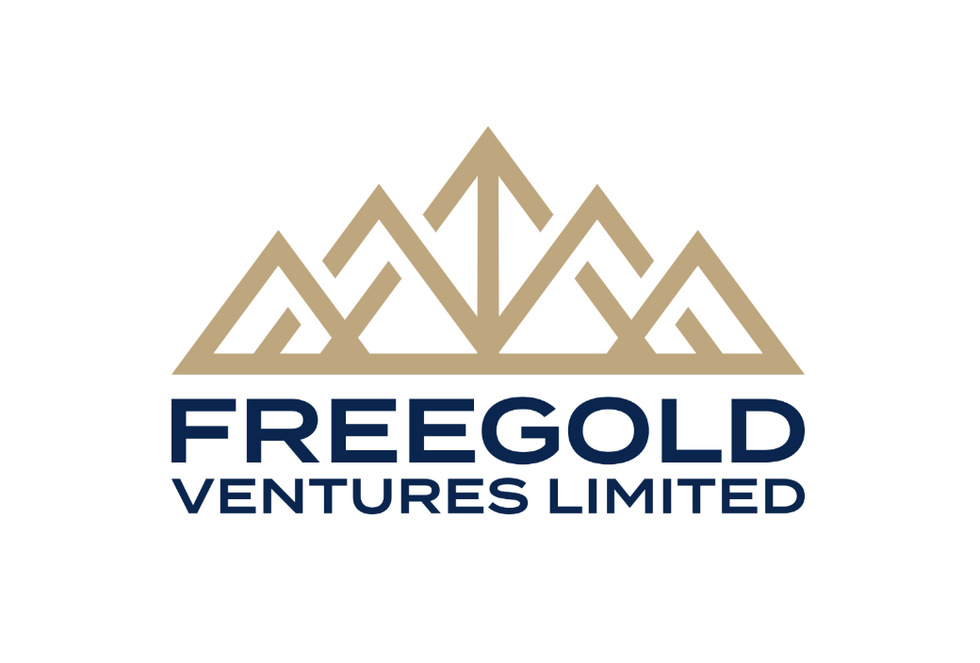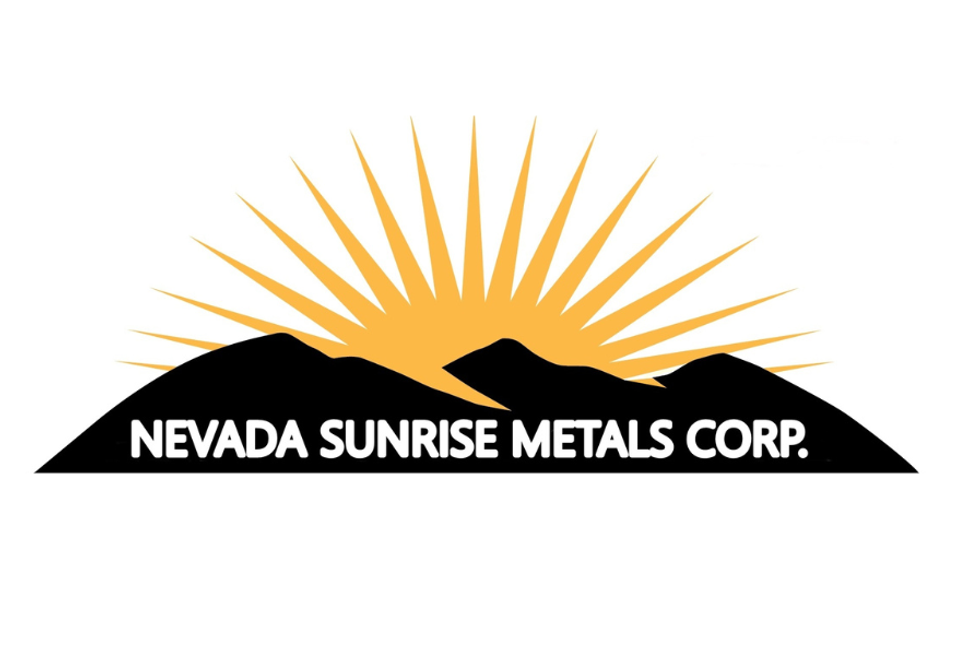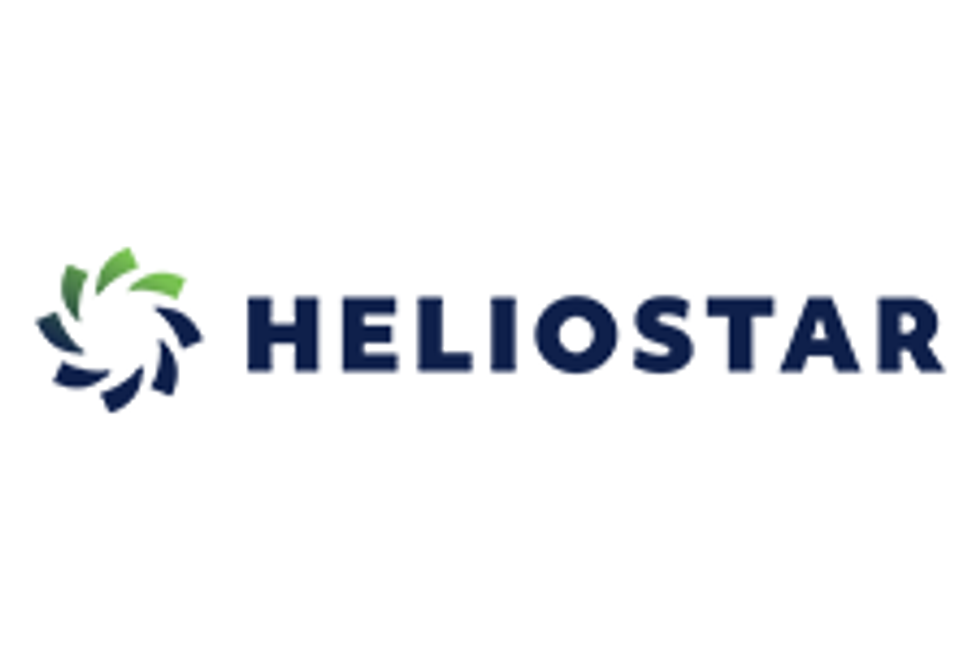Gold Surge: Economic Uncertainty Fuels Next Wave of Exploration

As gold remains a safe-haven investment, companies like Quimbaya Gold present opportunities for investors seeking exposure to gold exploration in Colombia.
Amid persistent economic volatility and geopolitical tensions, gold remains a reliable safe-haven investment. Analysts believe this strength isn't merely a short-term reaction, but rather a reflection of deeper structural factors that are reshaping the global economic landscape and driving a renaissance in gold exploration.
The precious metal's price has maintained remarkable resilience, reaching an all-time high of US$3,500 per ounce on April 22, 2025, spurred on by converging factors that have created an exceptionally favorable environment.
Central banks worldwide have emerged as significant buyers of the yellow metal, adding to their reserves at the fastest pace in decades. According to the World Gold Council, central banks’ annual net gold purchases reached 1,037 metric tons in 2023, just shy of 2022's record amount. Their buying reflects growing concerns about currency debasement and the search for assets that can maintain value during periods of economic stress.
Meanwhile, persistent inflation concerns, despite fluctuating interest rates, have kept investors vigilant about preserving wealth. Geopolitical tensions across multiple regions have further enhanced gold's appeal as a safe haven asset.
From ongoing conflicts in Eastern Europe to trade tensions between major economies, the global political landscape continues to generate uncertainty that drives capital toward precious metals.
Perhaps most telling has been the gradual shift in investor sentiment from high-growth tech stocks toward tangible assets and commodities. This rotation reflects a broader reassessment of risk in investment portfolios after years of market volatility.
Supply challenge: A crisis in plain sight
While demand dynamics have captured headlines, a less-discussed but equally important factor supporting gold's outlook is the emerging supply crunch. The gold-mining industry faces a silent crisis: declining discovery rates coupled with aging mines approaching the end of their productive lives.
Major gold producers are struggling to maintain their production levels as reserves deplete faster than they can be replaced. According to a report by McKinsey & Company, gold reserves have declined by approximately 25 percent since their peak in 2012, despite rising exploration budgets in recent years.
The challenge stems from the fundamental difficulty in finding new, economically viable gold deposits. The easy-to-find surface deposits have largely been discovered, forcing exploration to go deeper, into more remote regions and into jurisdictions that may carry higher operational risks.
This supply constraint isn't likely to resolve quickly. The timeline from initial discovery to production typically spans 10 to 15 years, meaning that today's exploration success won't translate into new supply until well into the next decade. This lag creates a structural support for gold prices that could persist regardless of short-term economic fluctuations.
Capital returns to exploration
Recognizing both the price strength and supply challenges, investors are once again directing capital toward gold exploration companies. After years of underinvestment following the previous gold bull market's end, financing for junior miners has seen a remarkable resurgence.
The financing revival has been accompanied by increased M&A activity as major producers look to secure future production pipelines by acquiring promising juniors.
This M&A trend provides an additional potential catalyst for investors in exploration companies, as successful discoveries can attract premium takeover offers from producers desperate to replenish their reserves.
This shifting paradigm is revitalizing exploration efforts across multiple regions. Canada's historic mining districts continue to attract attention, while West African nations like Burkina Faso, Mali and Côte d'Ivoire have emerged as exploration hotspots. Perhaps most interesting is the renewed focus on Colombia, a country with rich mineral potential that remains relatively underexplored due to its complex history.
Colombian opportunity: Quimbaya Gold's strategic position
One company positioned to benefit from these trends is Quimbaya Gold (CSE:QIM,OTCQB:QIMGF), a Canadian gold exploration company focused on unlocking high-grade gold opportunities in Colombia’s prolific Antioquia region, which produces over half of the country’s gold.
The company’s investment value proposition lies in its strategic landholdings totaling over 59,000 hectares across three highly prospective projects: Tahami, Berrio and Maitamac. These projects are located in well-established mining districts and positioned near major gold operations, offering both geological upside and infrastructure advantages.
The flagship Tahami project, covering 17,087 hectares, is particularly well positioned adjacent to Aris Mining's (TSX:ARIS,NYSEAMERICAN:ARMN) Segovia mine — one of the highest-grade gold mines globally, which produced 220,000 ounces in 2024. This proximity to a world-class operation enhances Tahami’s exploration potential, and Quimbaya is advancing the project through detailed mapping, LiDAR surveys, streaming, rock and soil samples and Mobile Metal Ion soil sampling to delineate drill targets.
Supporting its exploration efforts, Quimbaya has secured a five year drilling agreement with Independence Drilling, committing to 100,000 meters of drilling. The structure of the deal, with the drilling contractor accepting up to 100 percent payment in Quimbaya shares, is a vote of confidence in the company’s prospects and aligns both parties' interests.
Quimbaya has also established a 50/50 joint venture with Denarius Metals (OTCQX:DNRSF) for the Tahami project, which complements Quimbaya's ongoing exploration efforts. Both parties are focused on finalizing a definitive agreement as soon as possible.
In addition to Tahami, the Berrio project, spanning 8,746 hectares in the Low Magdalena region, benefits from a history of medium-scale gold mining over the past 50 years, indicating a strong geological foundation. Meanwhile, the 33,223 hectare Maitamac project, located 80 kilometers south of Medellín, is emerging as a potentially significant new gold metallogenic district, offering blue-sky exploration potential.
Recent capital raising activity, including a C$2.7 million private placement, has further strengthened Quimbaya’s financial position, allowing it to accelerate its exploration programs across all three properties.
With a strong portfolio, experienced technical partners, and a clear strategy targeting high-grade gold systems in a proven jurisdiction, Quimbaya presents a compelling opportunity for investors seeking exposure to early stage gold exploration with district-scale upside in Colombia.
Investor takeaway
As the gold market dynamics continue to evolve, one thing remains clear: exploration success is crucial to the industry's long-term sustainability. While production from existing mines can be optimized incrementally, only new discoveries can meaningfully address the looming supply shortfall.
For investors, this creates an opportunity to participate in the gold market beyond simply holding the physical metal or shares in established producers. Early stage exploration companies offer potential for outsized returns, albeit with corresponding risk levels. The most successful investors in this space typically build portfolios of exploration companies, recognizing that while some projects will inevitably disappoint, others may deliver returns that more than compensate for the failures.
The risk/reward equation in gold exploration has shifted favorably in recent years. With major producers trading at historically high multiples to their reserves and struggling to replace production organically, successful explorers can command premium valuations. Investors who can identify quality projects and management teams before major discoveries have the potential to achieve significant returns.
Companies like Quimbaya exemplify the opportunity at hand — targeting underexplored regions with substantial discovery potential at precisely the moment when new deposits are most needed and valued.
This INNspired article is sponsored by Quimbaya Gold (CSE:QIM,OTCQB:QIMGF,FWB:K05). This INNspired article provides information which was sourced by the Investing News Network (INN) and approved by Quimbaya Gold in order to help investors learn more about the company. Quimbaya Gold is a client of INN. The company’s campaign fees pay for INN to create and update this INNspired article.
This INNspired article was written according to INN editorial standards to educate investors.
INN does not provide investment advice and the information on this profile should not be considered a recommendation to buy or sell any security. INN does not endorse or recommend the business, products, services or securities of any company profiled.
The information contained here is for information purposes only and is not to be construed as an offer or solicitation for the sale or purchase of securities. Readers should conduct their own research for all information publicly available concerning the company. Prior to making any investment decision, it is recommended that readers consult directly with Quimbaya Gold and seek advice from a qualified investment advisor.






